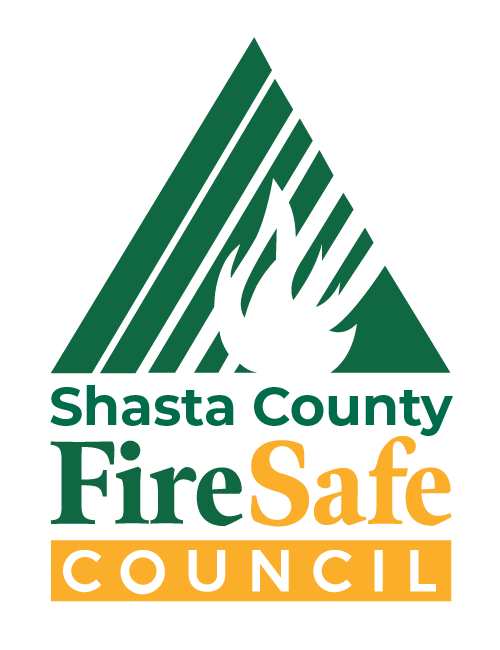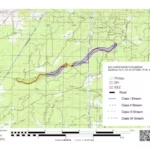I’ve been dropped by my insurance, what can I do?
Or visit California Department of Insurance: https://www.insurance.ca.gov/01-consumers/105-type/5-residential
How do I find a vegetation removal / Home Hardening contractor?
- California Contractor’s License Look-up Tool
- Arborist Look-up Tool
- Licensed Timber Operator Look-up Tool (Scroll to Professional Licensing Lists)
- Frequently Asked Questions: Contracting for Tree Removal (CAL FIRE)
- Choosing the Right Forestry Services Contractor (Oregon State University Extension)
Best Practices for Choosing a Contractor
Research & Recommendations: Ask friends, family, and neighbors for contractor suggestions. Use Nextdoor and professional associations like the Marin Builders Association for additional leads.
Verify Credentials: Ensure the contractor is licensed and insured. Ask for proof of liability and workers’ compensation insurance, and confirm their experience with similar projects.
Interview Multiple Contractors: Get written estimates from at least three contractors to compare pricing, timelines, and approaches.
Check References & Past Work: Contact references to assess work quality, timeliness, and budget adherence. Visit past projects or current job sites if possible.
Get Everything in Writing: Ensure a detailed contract with scope, materials, timeline, payment schedule, and warranties.
Evaluate Communication & Compatibility: Choose a contractor who communicates clearly and professionally.
Consider the Bid: Beware of bids that are much lower than others—ensure a detailed cost breakdown.
Be sure building materials meet fire regulation standards:
https://osfm.fire.ca.gov/what-we-do/fire-engineering-and-investigations/building-materials-listing
*source Fire Safe Marin
how do I get my neighbors to clean their property?
If your neighbors refuse to create defensible space on their property, you should first try to have an open conversation with them to understand their concerns and see if you can work together to find a solution; if that fails, contact your local fire department or code enforcement agency to report the issue, as they can potentially issue citations or take further action to enforce local defensible space regulations.
Here are a few steps you can take:
- Open communication:
- Have a friendly conversation with your neighbors, explaining the importance of defensible space and how it benefits the entire neighborhood in case of wildfire.
- Offer to help them understand local regulations and provide information on how to create defensible space properly.
- Community approach:
- Organize a neighborhood meeting to discuss concerns about wildfire preparedness and encourage everyone to comply with defensible space requirements.
- Consider forming a “Firewise Community” with your neighbors to collectively address wildfire risks.
- Contact local authorities:
- If your attempts to communicate with your neighbors fail, contact your local fire department or code enforcement office to report the violation.
- In Shasta County, Cal Fire HQ will set up an inspection, however they always do multiple properties in the same subdivision per visit.
Call 530-225-2418 for more information.
What can I do about out-of-the-area owners who do not clear evacuation routes or maintain defensible space?
If you are uncertain who to contact, you can also find the property owner’s mailing address from Shasta County’s GIS Map. Select “Link to Taxroll” then “View Tax Bill” to get the address. If you are uncomfortable communicating with them, are uncertain who owns the property or your initial attempts of education did not work, you can file a code complaint with your local fire department. The owner will be sent an educational letter noting what they need to do to meet codes.
Is “defensible space” just clearing all vegetation around my home?
No, defensible space is not 100 feet of “clear-cutting” or removing all vegetation. The goal is to slow fire spread, reduce radiant heat, and limit fuel for embers. Within 5 feet of your home, remove all flammable materials, like plants or mulch. From 5 to 30 feet, keep landscaping lean, clean, and green. Beyond 30 feet, reduce fuels and thin vegetation. Defensible space doesn’t mean removing all trees—healthy, well-maintained trees can benefit your property and may not pose a major wildfire risk. Consult an arborist or forester to assess your landscape and make recommendations for tree health and fire safety.




